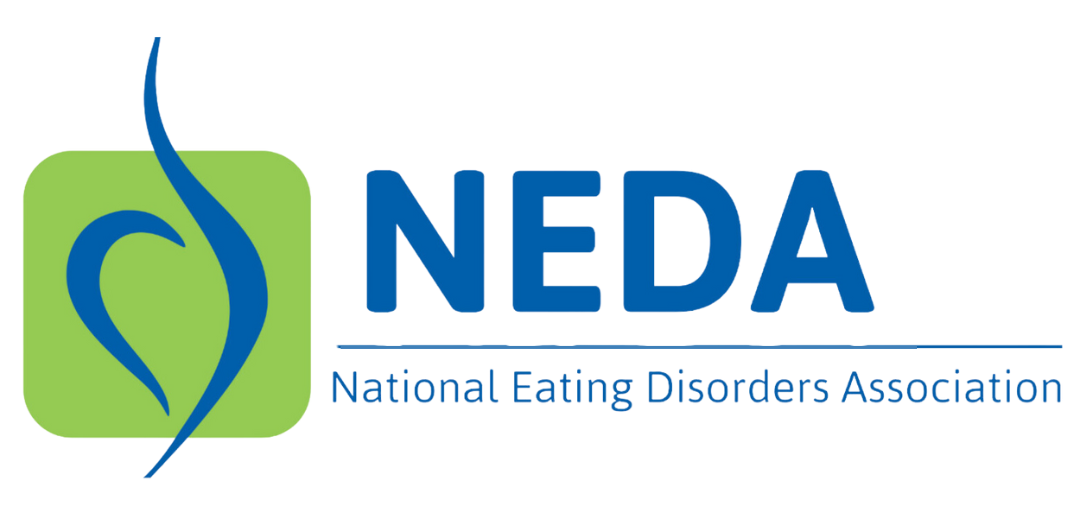Sport is a great way to build self-esteem, promote physical conditioning, and demonstrate the value of teamwork, but not all athletic stressors are positive. The pressure to excel in sport and an overemphasis on body weight, body composition, and body shape can pose a significant risk for the development of eating disorders among athletes.


